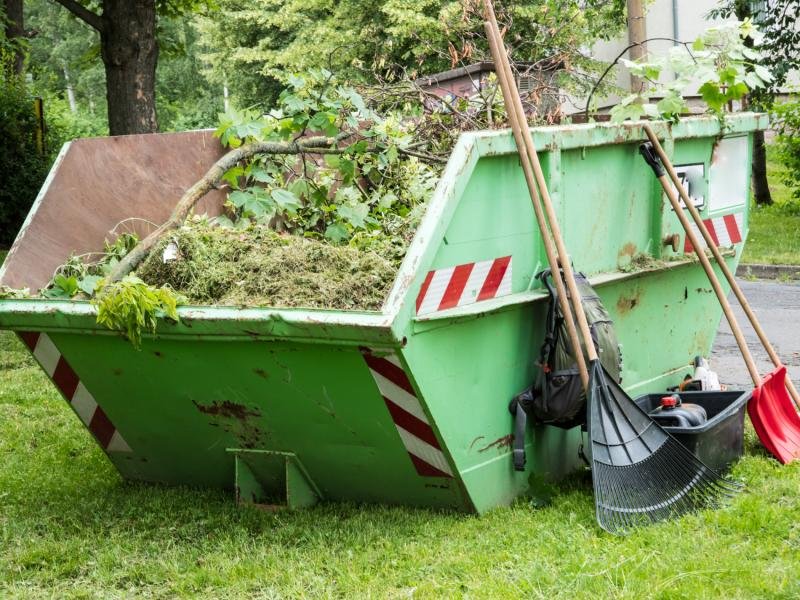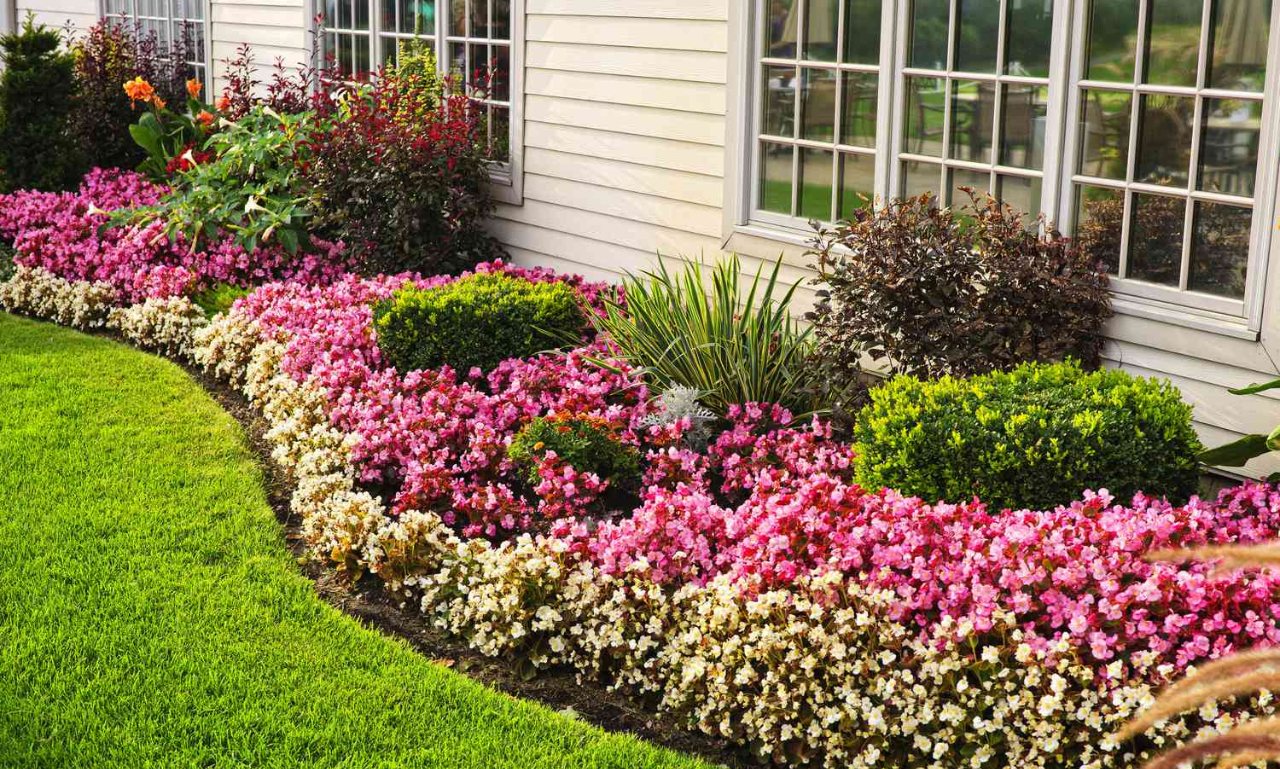Efficient Garden Clearance Tips
Gardening is a rewarding hobby that brings beauty and tranquility to your home. However, maintaining a garden requires regular upkeep, including the challenging task of garden clearance. Overgrown plants, accumulated debris, and old equipment can make your garden look cluttered and untidy. To keep your garden looking its best, it’s essential to have an efficient garden clearance plan. In this blog post, we’ll explore practical tips and techniques to help you manage your garden clearance effectively, saving time and effort while ensuring your garden remains a beautiful oasis.
1. Plan Ahead and Set Goals
Before diving into garden clearance, it’s crucial to plan ahead. Start by assessing the condition of your garden and identifying areas that need attention. Create a list of tasks, such as removing dead plants, pruning overgrown bushes, and disposing of garden waste. Setting specific goals will help you stay organized and focused during the clearance process.
- Tip: Break down the tasks into manageable chunks and set a timeline for completion. This approach prevents the feeling of being overwhelmed and helps you track your progress.
2. Gather the Right Tools and Equipment

Having the right tools and equipment is essential for efficient garden clearance. Depending on the tasks at hand, you may need:
- Pruning shears: For trimming and shaping plants.
- Loppers: For cutting thicker branches.
- Rake: For gathering leaves and debris.
- Wheelbarrow: For transporting waste.
- Gloves: To protect your hands from thorns and sharp objects.
- Bags or bins: For collecting and disposing of garden waste.
Investing in high-quality tools can make the job easier and more efficient. Ensure your tools are clean and well-maintained to avoid unnecessary delays.
3. Sort and Categorize Waste
One of the key aspects of garden clearance is managing the waste generated. Sorting and categorizing the waste not only helps in proper disposal but also contributes to recycling and composting efforts. Here’s how you can do it:
- Organic Waste: Includes leaves, grass clippings, and plant trimmings. This type of waste can be composted to create nutrient-rich soil for your garden.
- Non-Organic Waste: Includes plastic pots, broken garden ornaments, and old tools. These items should be disposed of in accordance with local recycling regulations.
- Hazardous Waste: Includes chemicals, pesticides, and fertilizers. Handle these items with care and dispose of them at designated hazardous waste disposal sites.
Tip: Keep separate bags or bins for each type of waste to streamline the disposal process.
4. Compost Organic Waste
Composting is an eco-friendly way to dispose of organic garden waste and create nutrient-rich compost for your plants. To start composting:
- Choose a suitable spot in your garden for the compost bin.
- Layer green materials (grass clippings, kitchen scraps) and brown materials (leaves, cardboard).
- Keep the compost moist and aerated by turning it regularly.
Composting not only reduces waste but also provides a valuable resource for your garden. It’s a win-win for both your garden and the environment.
5. Prune and Trim Overgrown Plants
Overgrown plants can make your garden look untidy and can also hinder the growth of other plants. Regular pruning and trimming are essential to maintain a neat and healthy garden. Here’s a quick guide:
- Identify the Plants: Know which plants need pruning and the best time to do it. For example, prune flowering shrubs after they bloom.
- Use the Right Tools: Use sharp pruning shears for clean cuts.
- Remove Dead or Diseased Branches: This promotes healthy growth and prevents the spread of disease.
- Shape the Plants: Trim overgrown branches to maintain the desired shape and size.
Proper pruning not only improves the appearance of your garden but also promotes healthier plant growth.
6. Tackle Weeds Early
Weeds are a common problem in gardens and can quickly take over if not managed. Efficient weed control is a crucial part of garden clearance. Here are some tips:
- Identify Weeds: Learn to recognize common garden weeds.
- Use Mulch: Mulching helps suppress weed growth and retains moisture in the soil.
- Pull Weeds by Hand: For small infestations, pulling weeds by hand is effective. Ensure you remove the entire root to prevent regrowth.
- Use Weed Killers: For larger infestations, consider using environmentally-friendly weed killers. Always follow the instructions on the label.
Regular weeding helps maintain a clean and healthy garden, allowing your plants to thrive without competition for nutrients.
7. Dispose of Waste Responsibly
Proper disposal of garden waste is essential to minimize environmental impact. Depending on the type of waste, consider the following options:
- Green Waste Collection: Many municipalities offer green waste collection services. Check with your local council for guidelines on garden waste disposal.
- Recycling: Recycle non-organic waste, such as plastic pots and metal tools, at designated recycling centers.
- Hazardous Waste Disposal: Dispose of hazardous materials, such as chemicals and pesticides, at designated hazardous waste facilities.
By disposing of waste responsibly, you contribute to environmental conservation and keep your community clean.
8. Consider Hiring Professional Help

For large or particularly challenging garden clearance tasks, hiring professional help can be a wise investment. Professional garden clearance services have the expertise and equipment to handle the job efficiently. They can also provide valuable advice on garden maintenance and improvement.
When choosing a professional service, look for companies with good reviews and a reputation for reliability. Ensure they have the necessary licenses and insurance to perform the work.
9. Plan for Future Maintenance
Once your garden is cleared and tidy, it’s essential to plan for regular maintenance to keep it that way. Create a maintenance schedule that includes tasks like pruning, weeding, and lawn care. Regular maintenance prevents the buildup of garden waste and keeps your garden looking its best.
- Tip: Consider seasonal tasks, such as planting new flowers in spring or preparing your garden for winter. Having a plan in place makes ongoing garden care more manageable.
10. Enjoy Your Garden
After all the hard work of garden clearance, take the time to enjoy your beautiful, tidy space. Add some finishing touches, such as new plants, garden ornaments, or outdoor furniture, to enhance the ambiance. Whether you use your garden for relaxation, entertaining, or growing your favorite plants, a well-maintained garden is a source of joy and satisfaction.
Conclusion
Efficient garden clearance is a vital aspect of garden maintenance that helps keep your outdoor space looking beautiful and healthy. By planning ahead, using the right tools, sorting and composting waste, and maintaining regular upkeep, you can manage your garden clearance tasks effectively. Whether you tackle the job yourself or hire professional help, the result is a clean, vibrant garden that you can enjoy year-round.
Remember, a little effort in garden clearance goes a long way in creating a serene and inviting environment. So, roll up your sleeves, put on your gardening gloves, and get started on your garden clearance today!



